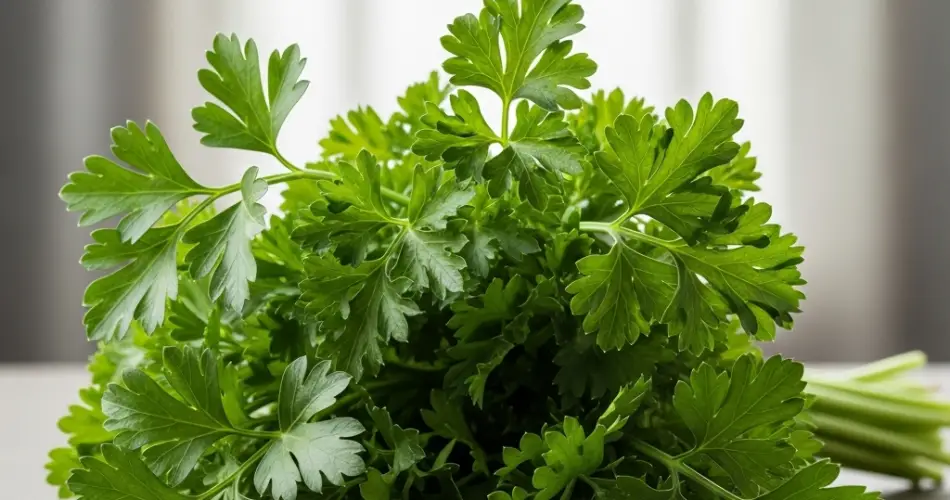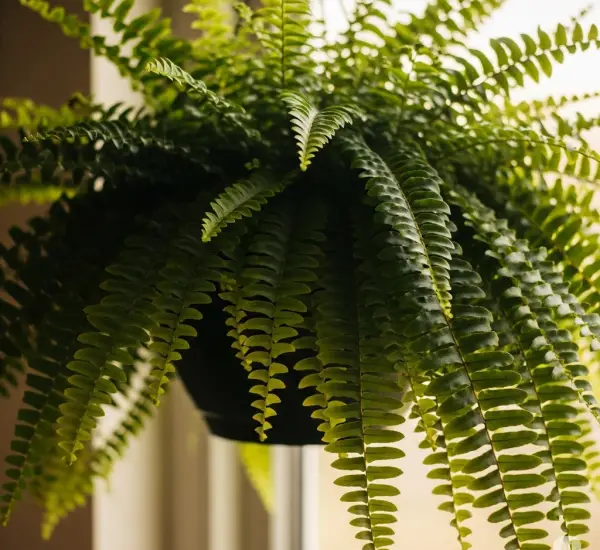Parsley is a popular and nutritious herb, grown both in gardens and containers for its fresh, vibrant flavor. While it’s relatively easy to cultivate, parsley is not immune to pest problems. Insects like aphids, caterpillars, and spider mites can damage the plant and reduce both yield and quality. Fortunately, most parsley pest issues can be addressed naturally—without harsh chemicals—using organic methods that keep the plant healthy and your harvest safe to eat.
Here’s how to identify common parsley pests and treat them using safe, natural solutions.
1. Aphids
Signs: Curling or yellowing leaves, sticky residue (honeydew), presence of small green, black, or white bugs clustered on stems or under leaves.
Why It Happens: Aphids are drawn to new growth and tend to colonize quickly. They feed on the sap of plants, weakening them and sometimes spreading disease.
Natural Fixes:
-
Spray with soapy water: Mix a few drops of mild liquid soap in a quart of water and spray on affected leaves to suffocate aphids.
-
Use neem oil: Neem oil disrupts insect life cycles and is effective against aphids without harming beneficial insects.
-
Introduce ladybugs: These natural predators love to feast on aphids and help keep the population under control.
-
Rinse with water: A strong stream of water from a spray bottle or hose can dislodge aphids from your parsley.
2. Caterpillars (Including Swallowtail Larvae)
Signs: Large holes in the leaves or completely stripped stems. You may also spot fat, green caterpillars with distinctive markings.
Why It Happens: The parsley plant is a host to the black swallowtail butterfly, whose larvae feed on the leaves. While it’s great for pollinators, the damage can be significant.
Natural Fixes:
-
Handpick them: If the infestation is small, simply remove the caterpillars by hand and relocate them away from your garden.
-
Row covers: Use mesh or fabric covers to prevent butterflies from laying eggs on the parsley.
-
Plant sacrificial crops: Grow extra parsley or plant dill nearby to lure caterpillars away from your main harvest.
-
Encourage birds: Birds are natural predators of caterpillars. Placing bird feeders or water sources nearby may attract them.
3. Spider Mites
Signs: Tiny red or brown spots on the undersides of leaves, fine webbing between stems, and yellow, stippled leaves.
Why It Happens: Spider mites thrive in hot, dry conditions and quickly reproduce when moisture is low and air is still.
Natural Fixes:
-
Increase humidity: Mist your parsley regularly to create a less favorable environment for mites.
-
Spray with neem oil or insecticidal soap: These treatments kill mites on contact and are safe for herbs.
-
Wipe leaves with a damp cloth: This removes mites and their eggs manually, especially during a mild infestation.
-
Use companion plants: Interplant parsley with garlic or chives, which can repel mites naturally.
4. Leafminers
Signs: Winding, white or translucent trails through the leaves, caused by larvae tunneling inside.
Why It Happens: Leafminer flies lay eggs on the leaves, and their larvae feed between the leaf surfaces.
Natural Fixes:
-
Remove affected leaves: This stops the larvae from maturing and limits spread.
-
Introduce beneficial insects: Parasitic wasps (like Diglyphus isaea) feed on leafminer larvae.
-
Use floating row covers: These prevent the adult flies from accessing your plants in the first place.
5. Slugs and Snails
Signs: Irregular holes in leaves, slime trails, and nighttime damage.
Why It Happens: Parsley’s tender leaves are attractive to slugs and snails, especially in moist or shaded garden beds.
Natural Fixes:
-
Set up beer traps: Place shallow containers of beer in the soil to attract and drown slugs.
-
Use crushed eggshells or diatomaceous earth: Sprinkle around the base of your parsley to create a rough barrier that deters soft-bodied pests.
-
Remove mulch: If mulch is keeping the soil too moist, consider reducing it to lower slug habitat.
Preventative Tips to Keep Parsley Pest-Free
-
Water properly: Water at the base of the plant and avoid wetting the leaves, which can attract pests or cause disease.
-
Rotate crops: Avoid planting parsley in the same spot every year to prevent soil-borne pests from recurring.
-
Encourage biodiversity: Plant parsley near pest-repelling herbs like basil, thyme, or rosemary.
-
Keep your plants healthy: Stressed plants are more prone to pest attacks. Use compost and organic fertilizers to maintain strong growth.
Final Thoughts
Pests are a normal part of growing parsley, but they don’t have to ruin your harvest. By identifying the intruders early and responding with safe, natural remedies, you can keep your parsley plant vigorous and productive. Regular observation, smart planting techniques, and encouraging natural predators go a long way in maintaining a healthy herb garden—without the need for harsh chemicals.



